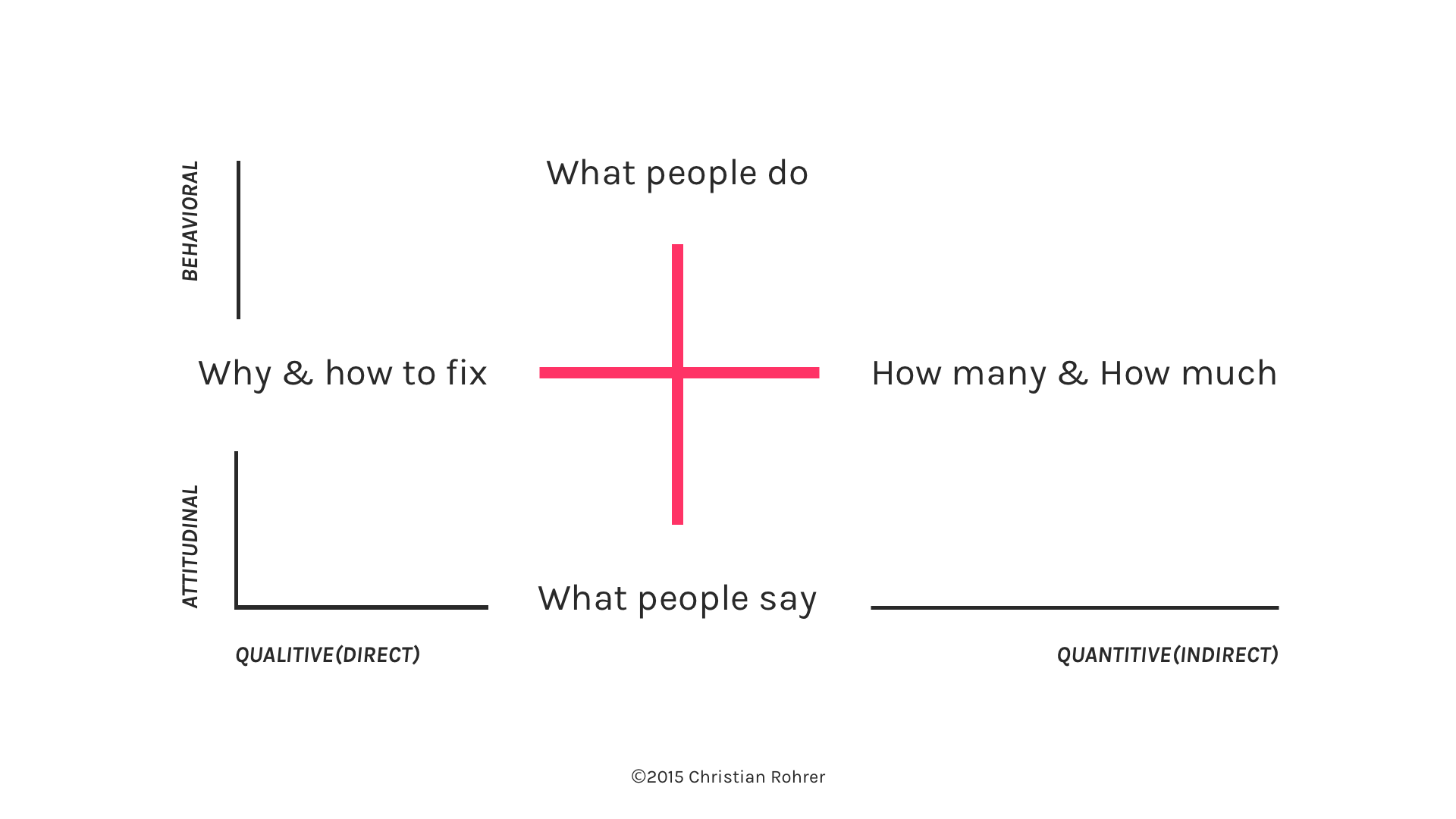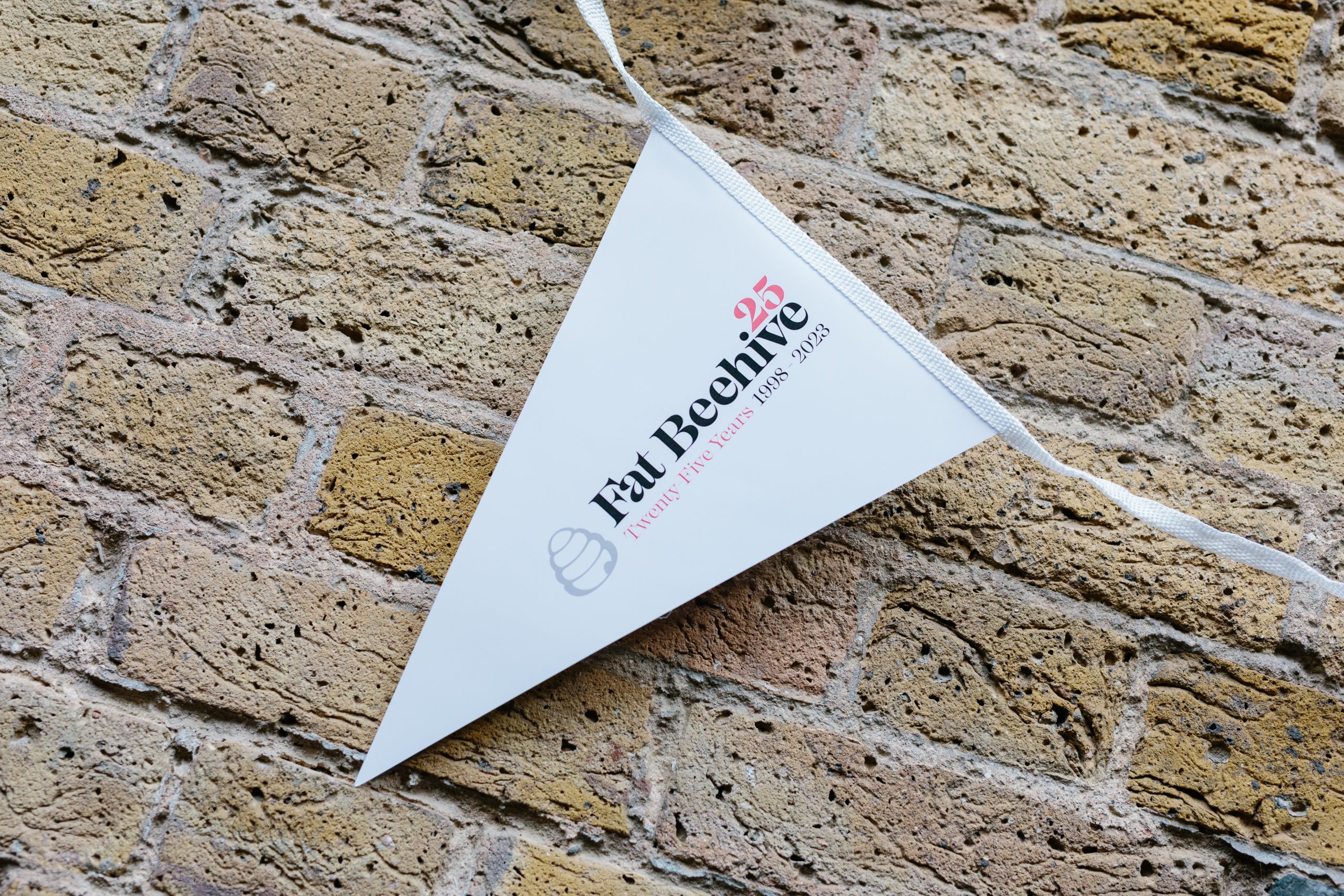User Experience (UX) research seems to be the hot topic these days, but it’s nothing new. It’s not some arcane magic either, but it does require a careful approach. Here we look at the reasons why investing early can lead to long-term cost-savings and success.

Not what, but why?
If I had asked people what they wanted, they would have said faster horses.
The quote has become a mantra of sorts to both detractors and defenders of UX research. In essence, both sides agree: asking users about their wants does not lead to useful answers. That’s not what UX research is about: it’s about understanding what they need.
Good UX research practice is based on three simple principles: observation, scepticism and presence.
That is, having users interact with products, workflows, interfaces (websites, campaign asks, donation forms, etc.) to see what they are trying to achieve, understand their motivations and witness their frustrations.
These three pillars are required because people lie, not to mislead, but because they’re trying to be helpful, and because it’s impossible for human beings to predict a future or hypothetical behaviour. This is also true for creative professionals: you shouldn’t jump to a solution without truly understanding the problem. That’s why we start our projects with audience research.

HPA’s old website had a complex multi-level navigation that buried content and confused users. After the UX research exercise, it became clear a narrative approach leading to actions that are more appealing and useful to their visitors.
What are the building blocks?
Good UX research requires meticulous planning of the next steps, understanding the background and goals, both for the organisation and specific project, choosing the right methodology, participants and questions and making sure there is enough time to execute the plan successfully.
While these elements may sound simple enough, without the right expertise, the whole project may fall apart.
In our experience, one of the most underestimated parts of the process revolves, ironically, around the participants. While companies and organisations tend to be aware of the importance of selecting the best methodology (interviews, focus groups, surveys, card sorts, etc.) to get the right data, most fail at recruiting the right candidates and compensating them appropriately.
Then there’s tackling stakeholder resistance to accepting the researcher’s data and analysis. Change is scary, and it can even be upsetting for some of those invested in the project. This is even more true when it involves a third-sector organisation driven by passionate people who feel strongly about helping others, rather than a corporation trying to sell a product.
It’s important to remember that the goal of the UX research is to draw attention to the needs and obstacles users face when interacting with the organisation and, ultimately, to propose solutions for it to succeed where it was previously struggling.
Success rests in balance
In order to inform successful decisions, UX research needs to pivot on balance. We need to collect data that is behavioural (what users do) and attitudinal (what users say), quantitative (how many, how frequently) and qualitative (why that, why then).
The different UX research methods rest within specific behavioural/attitudinal and quantitative/qualitative coordinates. In order to gain useful data to inform decisions geared towards success, we need to triangulate these methods; that is, combine at least three methods that cover the whole spectrum of behaviour, attitude, quantity and quality.

Again, an expert UX researcher is key to selecting the best methods based on the data required, budget available and timescales at play. They will also be the best placed to suggest additional resources such as market research, technology or design trends.
Investing now to save later
It’s broadly accepted that users’ needs and behaviour should be understood and incorporated into the decision-making process, but early investment in UX research can still sometimes seem like a hard sell.
Perhaps it’s the almost intangible nature of data collection and analysis, or the worry of allocating budget to an exercise that could potentially yield unexpected results. Yet, with careful implementation of KPIs, you can track the cost-savings of UX research.
Investing in design, development or features that may have to be changed later when needs could have been identified early on is a dangerous road to take. One that ends up with organisations spending far more in getting the right solution or, worst of all, being stuck with the wrong one until they can invest in making it right.
At Fat Beehive, we include UX research as part of our creative process. We devise the plan, methods, participants and timeframes that adapt best to each organisation and walk with them every step of the way to help drive decisions that are underpinned by data and make users a central part of the outcome.
Read more about how UX research shaped a recent site build, and the broad approach we take at Fat Beehive.

